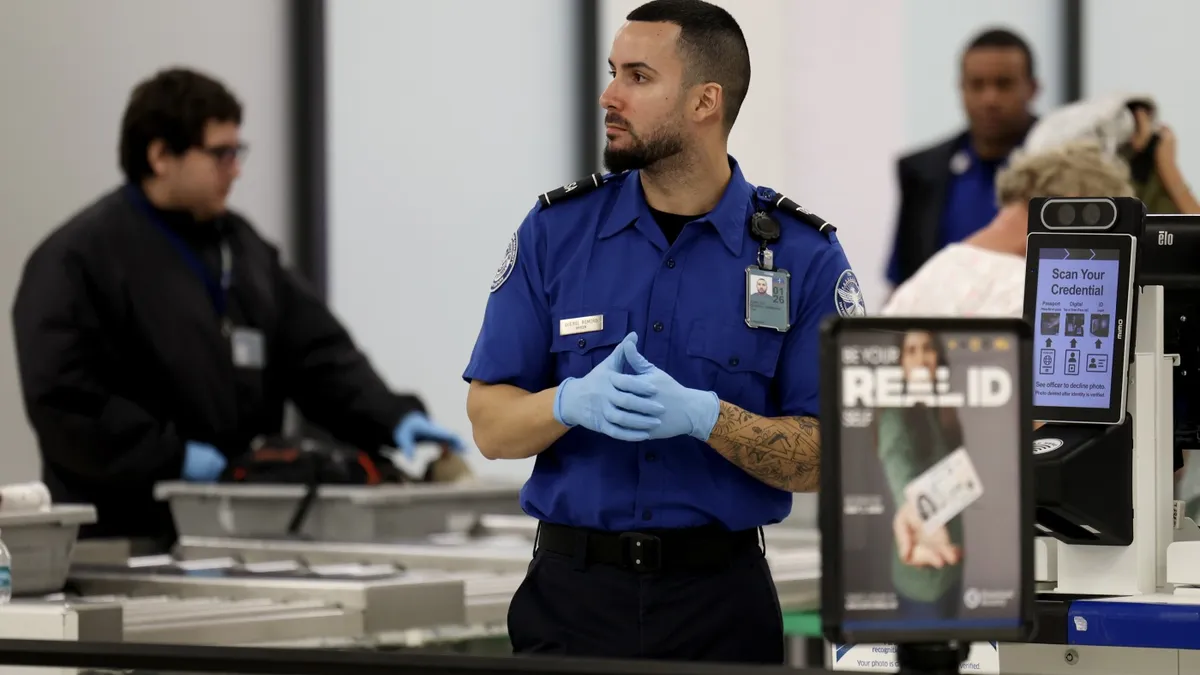
The federal government has announced that it will finally begin enforcing the national Real ID law starting on May 7, 2025. This marks a significant milestone after nearly two decades of delays. For many individuals, this change is particularly important for boarding domestic flights, as non-Real ID driver’s licenses and identification cards will no longer be accepted for security checks at U.S. airports when the law is fully enforced.
There is growing concern about whether the millions of daily U.S. airline passengers, along with the Transportation Security Administration (TSA) officials responsible for screening them, are ready for this transition. Kyle Potter, executive editor of the travel website Thrifty Traveler, notes that the federal government has previously set and subsequently delayed deadlines for Real ID enforcement due to a lack of readiness among Americans. This ongoing postponement has created a complacency that may hinder the effective implementation of the Real ID law.
On May 7, 2025, federal agencies, including the TSA, will only accept state-issued driver's licenses and IDs that comply with Real ID requirements. To achieve compliance, applicants must provide certain identifying information, such as their Social Security numbers. However, it is important to note that you do not necessarily need a Real ID to board a domestic flight. Alternative forms of identification that are accepted include a valid U.S. passport, a passport card, an enhanced driver’s license issued by some states, a permanent resident card, or several other approved forms of ID. Children under 18 are exempt from needing any identification when flying within the United States.
There is still some uncertainty regarding the consequences for travelers who attempt to fly with a non-Real ID license after the deadline. According to the Department of Homeland Security, individuals without a REAL ID-compliant license or an acceptable alternative will not be permitted through security checkpoints starting May 7, 2025. The TSA has indicated that it plans to implement a phased enforcement beginning on this date, although specific details remain unclear. The TSA's federal rule suggests a gradual approach, allowing for warnings to individuals without Real IDs to minimize operational disruptions and security vulnerabilities during the transition.
To ensure you are compliant with the upcoming law, first check if your driver’s license or ID card is already a Real ID. A compliant card will display a star marking in one of its top corners. If your ID is not compliant, you should contact your state’s motor vehicle agency to find out how to obtain a Real ID. According to the Department of Homeland Security, you will need to provide documentation that shows your full legal name, date of birth, Social Security number, lawful status, and two proofs of address. It is advisable to verify with your state agency for any additional requirements that may exceed the federal standards.
The Real ID Act was signed into law in 2005, following warnings from the 9/11 Commission that highlighted vulnerabilities in the issuance of driver’s licenses in the United States. Since then, there have been numerous challenges in getting all 50 states and U.S. territories to adopt the new requirements and begin issuing Real IDs. The federal government estimated in 2007 that the implementation would cost states around $11 billion. Recently, delays caused by the COVID-19 pandemic have further complicated the situation. It wasn’t until 2020, 15 years after the law was enacted, that all states complied with the Real ID licensing requirements. Besides airports, individuals will also need to present a Real ID to enter certain federal facilities and nuclear power plants, as stated by the Department of Homeland Security.
As the May 7 deadline approaches, it is essential for all travelers to ensure they are prepared for the changes brought about by the enforcement of the Real ID law.